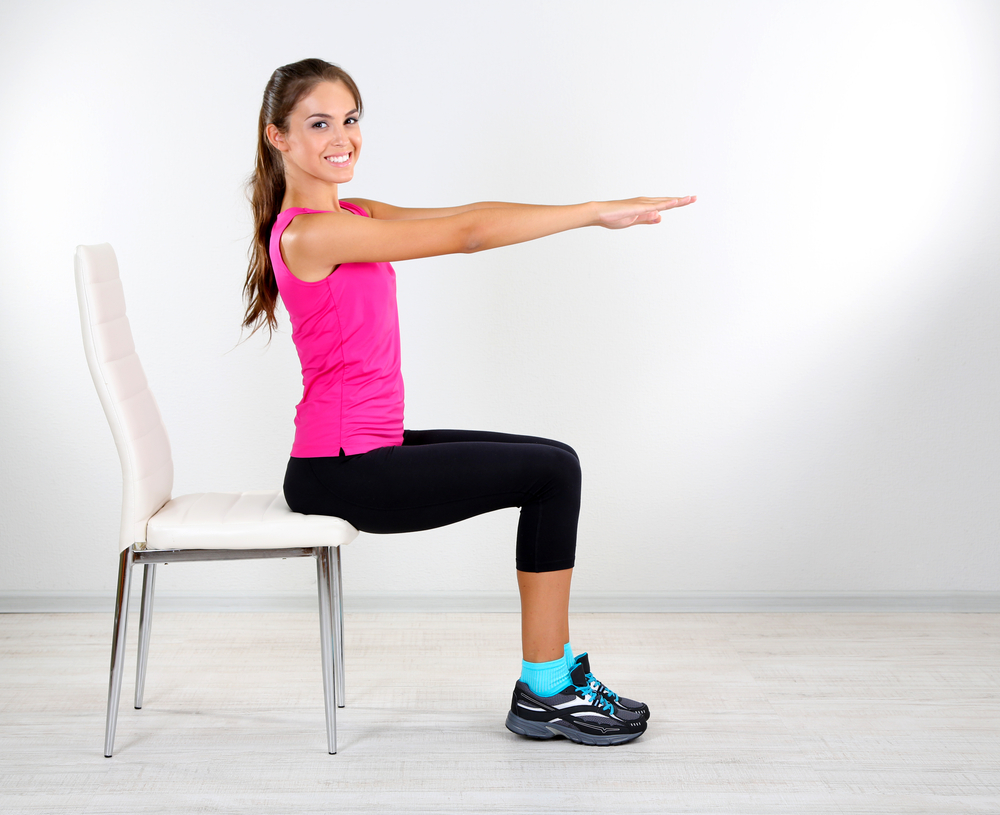Torso Exercises Helped Reduce Severity of Forward Stoop in Parkinson’s Patients

Torso-specific exercises can help improve posture and balance by significantly reducing the severity of forward stoop in patients with Parkinson’s disease.
The study with that finding, “Four-week trunk-specific exercise program decreases forward trunk flexion in Parkinson’s disease: A single-blinded, randomized controlled trial,” was published in the journal Parkinsonism and Related Disorders.
Forward bending of the spine, known as disease-related forward trunk flexion (FTF), is a common complication observed in patients with Parkinson’s disease. FTF can result in permanent postural imbalance, pain, frequent falls, and irreversible deformities. Early detection and rehabilitation efforts through focused physical therapy can help in reducing pain and delay motor symptoms progression. However, information is limited on FTF rehabilitative efforts in Parkinson’s patients.
In a controlled trial (NCT03741959), researchers assessed the impact of a four-week trunk-specific rehabilitation program in correcting the posture of 37 Parkinson’s patients with FTF. Patients were assigned randomly to the experimental group (19 patients) or the control group (18 patients).
The exercise regimen for the experimental group consisted of three routines. First was a 20-minute session of self-correction exercises in three levels of difficulty to be performed in front of a mirror (visual feedback), while measuring the muscle activity using electromyogram (proprioceptive feedback), or without any feedback.
The Parkinson’s Disease News Today forums are a place to connect with other patients, share tips and talk about the latest research. Check them out today!
The second routine included 20 minutes of trunk stability exercise and improving muscle strength and coordination.
The third set of exercises included functional tasks that were meant to trigger behavior changes to unconsciously correct posture and movement to aid daily activities.
In the four-week program, the exercise regimen was performed in 60-minute sessions for five days a week.
The control group performed 20 minutes of joint movements, exercise for muscle strength, and stretching, followed by gait training and balance exercises.
All the exercise routines were performed under the guidance of a trained physical therapist, and each treatment session consisted of 10 exercises with repetitions based on the patient’s capacity.
Patients who underwent the four-week program showed a significant decrease in the degree of forward bend compared to the control group, indicating a positive effect from the trunk-specific exercises. The exercise regimen helped them straighten up by a mean of 9.73 degrees by the end of the program, and 8.84 degrees at the one-month follow-up. In contrast, the control group exercises corrected posture by a mean of only 1.62 degrees and 0.95 degrees at the same time intervals.
“The main findings of the present study are that the four-week trunk-specific exercise program reduced the degrees of FTF in patients with Parkinson’s disease more than the conventional treatment, and the training effects were maintained at one-month post-treatment,” researchers wrote.
Further assessments showed that both groups exhibited significant improvement in patients’ ability to perform daily activities, as determined by the Unified Parkinson’s Disease Rating Scale III (score range 0-132, with higher scores representing worsened symptoms), compared to before the intervention.
Also, significant reduction in pain was reported in both the groups at one month of follow-up. However, there was no statistical difference between the two groups, researchers noted.
The team also assessed the impact of the exercise in improving static balance (ability to balance while standing still) and dynamic balance (ability to balance while moving or switching positions). No difference was noted in both groups immediately after completion of the four-week program. But, at the one-month follow-up, the static and dynamic balance was significantly improved in the experimental group compared with the control group.
In addition, patients in the experimental group reported a marked overall decrease in the number of falls per month at the one-month follow-up, as well as an overall improvement in their health-related quality of life at the one-month follow-up; the control group experienced a decline.
“The four-week trunk-specific rehabilitation training decreased the forward trunk flexion severity and increased postural control in patients with Parkinson’s disease,” researchers stated.
More studies are warranted to further validate these preliminary findings and explore more extensively the potential of torso-specific exercises for Parkinson’s patients, they added.






